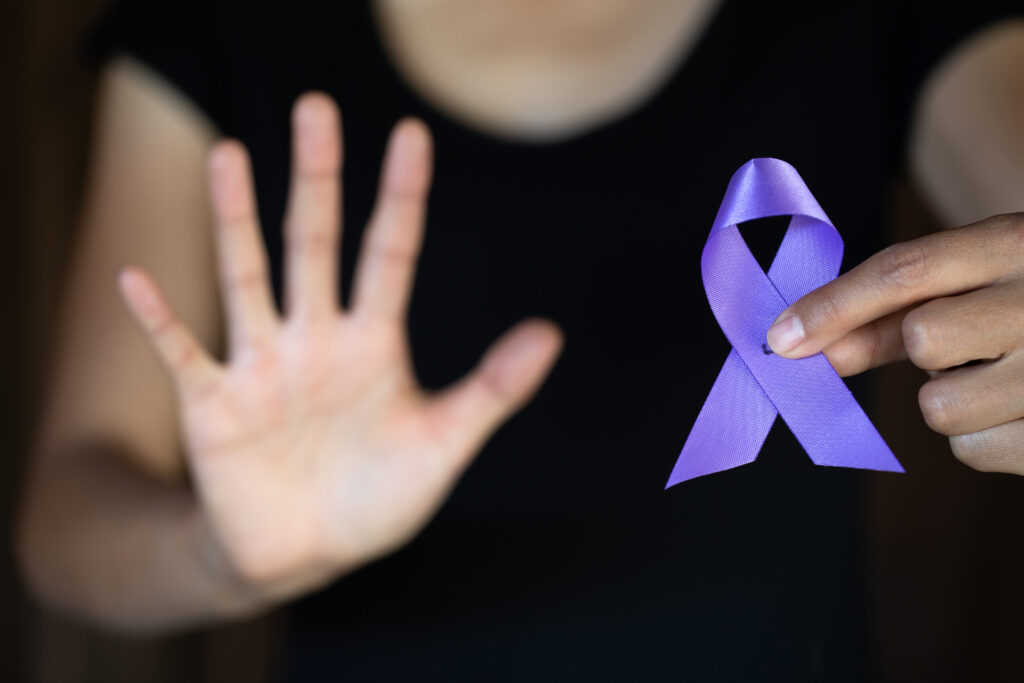During these difficult and confusing times, it’s important that we all rally together to help one another. This week, we’re releasing daily blog posts with ideas for how your clinic can help the people in your community.
The outbreak of COVID-19 is certainly adding stress to the lives of millions of people. As an ABC News article reports, “COVID-19 has evoked fear in our lives in a way that hasn’t been felt since the 9/11 terrorist attack.” It goes on to say that, with an estimated 7 million Americans already suffering from generalized anxiety disorder and another 6 million from panic disorder, those numbers are expected to rise as fear spikes, job loss becomes more widespread, and isolations/quarantines continue.
Similarly, feelings of depression are expected to be on the rise as loneliness and isolation become more common. Support systems are going to be harder to find due to social distancing and isolation.
Who is At Risk
Everyone in the country is susceptible to fear-induced stress right now. However, certain groups that may be more vulnerable to feelings of anxiety or depression include people who are in the higher risk categories, children/teens, healthcare providers, and those with pre-existing mental health conditions (CDC). When speaking with your clients, be on the lookout for signs of stress such as:
- Excessive worry over big things (like the virus) as well as small things
- Changes in eating/sleeping patterns, including too much food/sleep or too little
- Difficulty concentrating
- Chronic health problem flare-ups
- Increased usage of alcohol, tobacco, or drugs
How to Mitigate the Effects
The CDC outlines the following recommendations for those experiencing extra stress during these times. If you’re talking with a client who is exhibiting signs of anxiety or depression, you can suggest:
- Taking breaks from news and social media. The constant flow of bad news can create a cycle of fear and anxiety that’s hard to break out of.
- Exercising and eating healthy meals. The endorphins from exercise act as mood boosters, while healthy foods provide much-needed nutrients that can help people feel balanced.
- Doing enjoyable activities to unwind. Encourage your clients to pursue hobbies that can take their minds off current events.
- Calling or video-chatting with friends and family. We live in a time where communication doesn’t have to take place in person — staying connected to others can help people feel grounded during isolation.
- Continuing with current mental health treatments. People should keep taking medications they’ve been prescribed.
Some other suggestions include: maintaining a daily routine, setting an alarm to get up at the same time every morning, keeping up with personal hygiene (even if you don’t plan to leave the house), and seeking out tele-health options or online therapy.
During unprecedented times like this, try to make contact with your clients and check in on them regularly. Even those that seem to be handling the stress well could be quietly suffering, so it’s a good idea to communicate these suggestions to all of your clients.
Read Past Posts HERE
